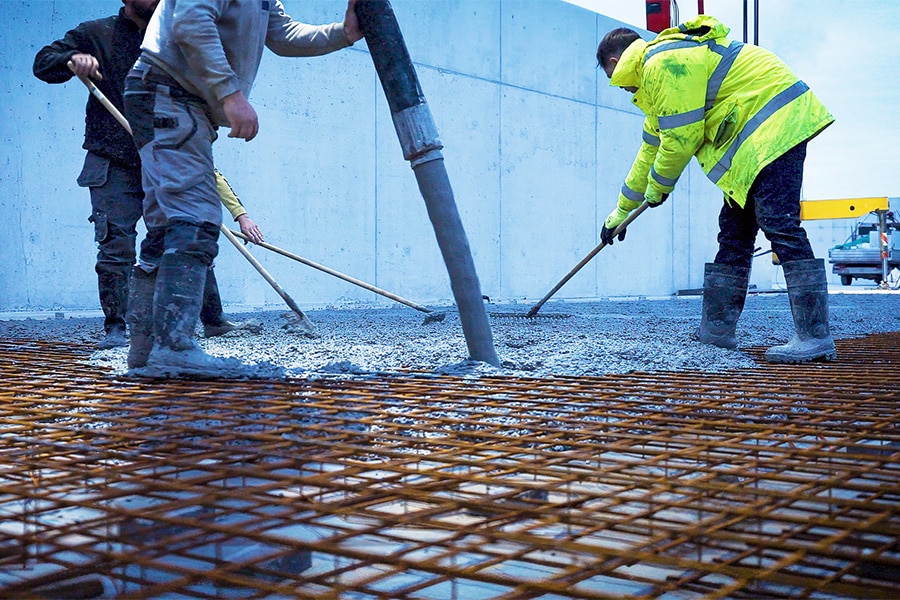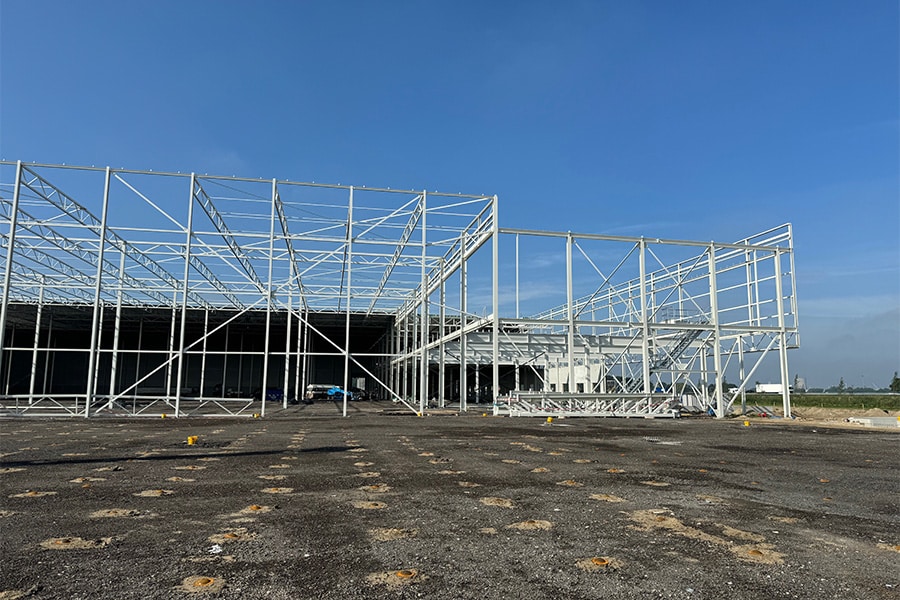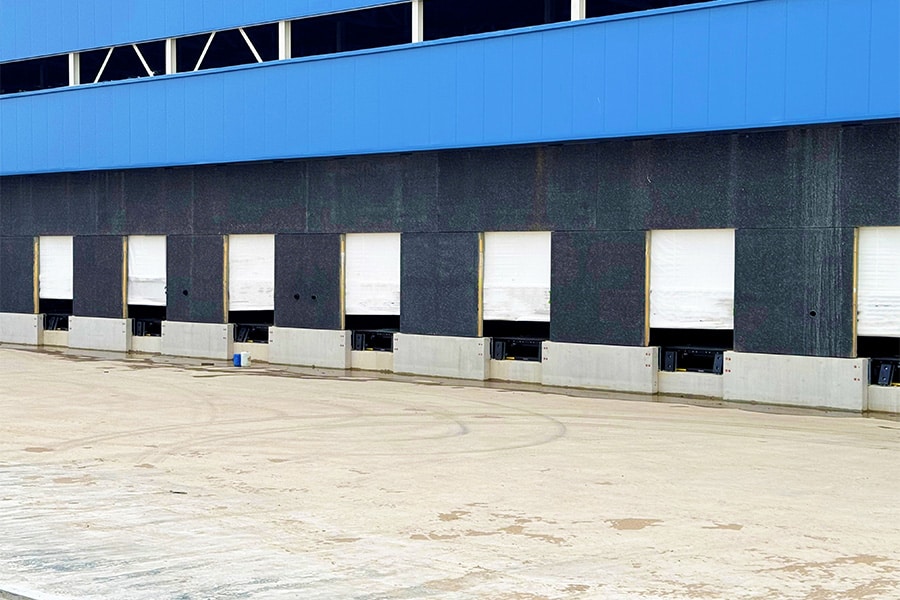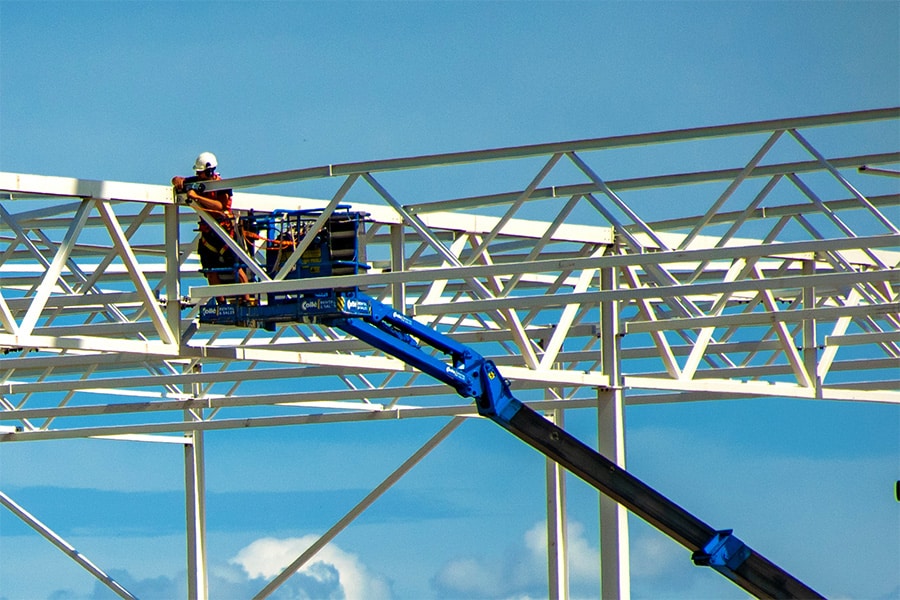
Milestones in protecting concrete and steel structures
In 2025, Maaseik-based Bjond will celebrate its 10th anniversary. A decade in which technology evolved rapidly, but in which one conviction was always central: maintenance is not just a matter of measuring, but of understanding. And understanding starts with people with expertise, supported by data; not the other way around.
Not just measure, but really know
Bjond is not a standard measurement agency. Where others collect data, it uncovers connections between measurements, context and strategic choices. The key? A strong combination of material knowledge, expertise in corrosion and degradation and a pragmatic approach. Bjond's projects do not start from sensors, but from the right questions: What really needs to be monitored? Where is the risk? And what is the impact of badly timed interventions?
Bjond works with techniques such as Electrochemical Impedance Spectroscopy (EIS), which provides early detection of invisible degradation of coatings and concrete structures. A powerful mix of technology, human interpretation and expertise, so to speak.

Micro-level insight and holistic approach
In collaboration with BouwQ, Bjond recently conducted extensive investigations into the preservation of several high-profile steel structures. Electrochemical impedance on the existing steel and aluminum structures was used to map the condition of the coating system. The results were downright surprising. Where there was no visible damage yet, the EIS measurements showed that degradation had already begun. Thanks to the combination of layer thickness measurements, color analyses and climate zoning, the remaining service life of the coating system was determined for each location. This holistic approach prevents unnecessary maintenance, saves costs and extends the service life of the structure. And just as importantly, the knowledge gained contributes to the development of widely applicable protocols for the industry.

Data-driven high-altitude maintenance
At various sports stadiums, the steel roof structure is often a crucial part of the supporting structure. Their height and positioning make them difficult to inspect and consequently expensive to maintain. In collaboration with BouwQ and various standardized parties, Bjond already performed numerous EIS measurements on such structures. From the results it became clear that certain parts degrade (invisibly) more than others. With this, a targeted, efficient and comprehensive maintenance strategy can be developed for each stadium. Currently, Bjond is investigating whether it makes sense and is feasible to use permanent monitoring in such projects.
Such continuous monitoring offers enormous advantages. If desired, the coating condition can be measured daily and sent via 4/5G for analysis. This provides a continuous picture of degradation depending on location, climate and time. Maintenance can now be tailored exactly to what is really needed, essential in sports stadiums that are often only available for interventions a few months a year.

Unique approach with a focus on co-creation
Bjond helps her clients make the right decisions by translating technology into the right strategy, based on concrete, well-founded scenarios. From material behavior to climate analysis, she puts her expertise where it really counts. Through standardized but flexible working methods, she makes complex projects manageable. Cooperation is central to this and this with progressive partners such as BouwQ, 4Infra, BAM, Heijmans and Infrabel. By combining material technical expertise with engineering and project knowledge of others, a 360-degree view of the task arises. Not just measuring, but interpreting. Not just signaling, but advising. Building bridges between engineering, management and execution, so to speak.
Ten years on, facing the future
Whether steel or concrete, bridge or stadium, museum or tunnel: the perfect maintenance does not exist. What does exist is smart maintenance that balances risks, costs and availability. Based on insights that do not come from a spreadsheet, but from smart measurements and sharp analyses. After ten years of pioneering, Bjond is ready to scale up and further build on accessible protocols, automation of interpretations and training of professionals. However, her core remains: using technology as a tool and not as a replacement for humans.



